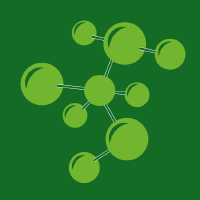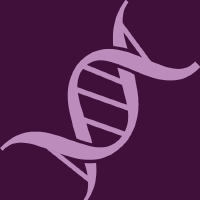Topic Editors

2. MAP Kinase Resource, Bioinformatics, Melchiorstrasse 9, CH-3027 Bern, Switzerland

2. Department of Experimental Pharmacology, Mossakowski Medical Research Institute, Polish Academy of Sciences, 02106 Warsaw, Poland
Kinases in Cancer and Other Diseases, 2nd Edition
Topic Information
Dear Colleagues,
Protein kinases comprise a large family of enzymes that catalyze protein phosphorylation. The human genome contains 518 protein kinase genes. Phosphorylation is one of the major mechanisms for regulating various cellular processes, such as proliferation, the apoptosis cell cycle, growth, apoptosis, differentiation, etc. The deregulation of kinase activity can result in significant changes in these processes. Furthermore, deregulated kinases are often oncogenic and essential for the survival and spreading of cancer cells. There are different ways in which kinases are involved in cancers, including misregulated expression and/or amplification, mutation, chromosomal translocation, abnormal phosphorylation, and epigenetic regulation. In order to further investigage these functions, there are various scientific projects assessing the importance of kinases in cancers as well as several other diseases, such as polycystic kidney disease, glomerulonephritis, neurodegeneration, retinal degeneration, lung inflammation, etc. In clinical science the major two kinase investigation routes are (1) using kinases as biomarkers in cancer prognostics and diagnostics and (2) treating cancers with kinase inhibitors and/or monoclonal antibodies. This Topic will highlight current and innovative research achievements in these areas.
Dr. Jonas Cicenas
Dr. Anna M. Czarnecka
Topic Editors
Keywords
- protein kinases
- protein phosphorylation
- kinase inhibitors
- cancers
- diseases
Participating Journals
| Journal Name | Impact Factor | CiteScore | Launched Year | First Decision (median) | APC | |
|---|---|---|---|---|---|---|

Biology
|
3.6 | 5.7 | 2012 | 16.4 Days | CHF 2700 | Submit |

Biomolecules
|
4.8 | 9.4 | 2011 | 18.4 Days | CHF 2700 | Submit |

Cancers
|
4.5 | 8.0 | 2009 | 17.4 Days | CHF 2900 | Submit |

Cells
|
5.1 | 9.9 | 2012 | 17 Days | CHF 2700 | Submit |

International Journal of Molecular Sciences
|
4.9 | 8.1 | 2000 | 16.8 Days | CHF 2900 | Submit |

Pharmaceuticals
|
4.3 | 6.1 | 2004 | 13.9 Days | CHF 2900 | Submit |

Kinases and Phosphatases
|
- | - | 2023 | 15.0 days * | CHF 1000 | Submit |
* Median value for all MDPI journals in the second half of 2024.

MDPI Topics is cooperating with Preprints.org and has built a direct connection between MDPI journals and Preprints.org. Authors are encouraged to enjoy the benefits by posting a preprint at Preprints.org prior to publication:
- Immediately share your ideas ahead of publication and establish your research priority;
- Protect your idea from being stolen with this time-stamped preprint article;
- Enhance the exposure and impact of your research;
- Receive feedback from your peers in advance;
- Have it indexed in Web of Science (Preprint Citation Index), Google Scholar, Crossref, SHARE, PrePubMed, Scilit and Europe PMC.
Related Topic
- Kinases in Cancer and Other Diseases (8 articles)

